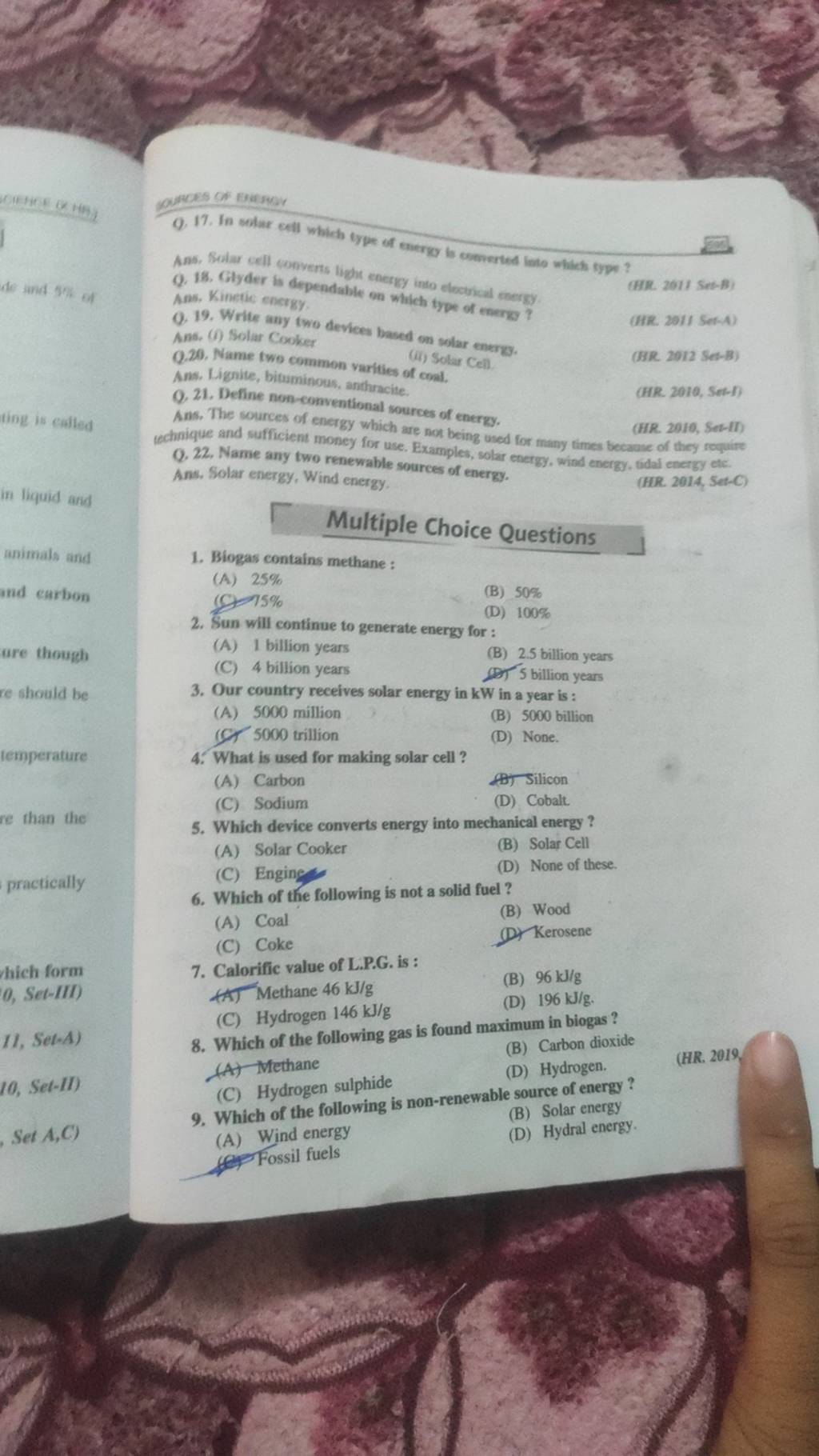
Name the electric device that converts mechanical energy into electrical energy. Draw the
a device that converts mechanical energy to electrical energy A generator can also be called a..? dynamo What is the function of a motor? a device that is supplied with electrical current to produce mechanical motion Generator runs in ____ of motor. Reverse What are the components of a generator?

Which Device Transforms Electrical Energy to Mechanical Energy HarleyhasMcmillan
It is a device that converts mechanical energy into electrical energy. The most common type of generator is the hydroelectric power plant, which uses water to drive a turbine connected to a generator.

A Device That Converts Mechanical Energy Into Electrical Energy
Piezoelectricity (literally, "pressing electricity") is much simpler than it sounds: it just means using crystals to convert mechanical energy into electricity or vice-versa. Let's take a closer look at how it works and why it's so useful! Photo: What makes the ear-piercing shriek when a smoke alarm goes off?
A Device That Converts Mechanical Energy Into Electrical Energy
a device that converts electrical energy into mechanical energy Click the card to flip 👆 1 / 69 Flashcards Learn Test Match Q-Chat Created by raudi Students also viewed Unit 31 DC Motors 34 terms Chris_Industrial Preview Cumulative Part 2-Science 45 terms Preview Unit Test Review 12 terms Preview Summary-Electricity and Magnetism 21 terms Preview

Sich ausruhen Morphium Aussehen mechanical energy to electrical energy Psychologie Geschäft Bus
As a new branch of energy conversion technology, the triboelectric nanogenerator (TENG) can effectively convert mechanical energy into electrical energy and realize a self-driving system. As one of the most important indexes of TENG, charge density determines the performance of TENG.

Which device converts energy into mechanical energy ? Filo
Permanent magnet generators convert mechanical energy into electrical energy, in addition to converting mechanical energy. In this device, the rotor windings have been replaced by permanent magnets. They do not require a separate DC supply for the excitation circuit or slip ring brushes for contact, as these devices are used in conjunction with.

Working Principle Of DC Generator Mechanical energy, Electrical energy, Generator
An electrical generating machine converts mechanical energy into electrical energy using the principle of electromagnetic induction. It uses a rotating magnetic field to induce an electric current in a wire. The wire is wound around a stationary component called the stator, which contains the electrical conductor that converts the rotating.

Conversion of Sound energy into electric energy
Q 4. What is the name of the device which is used to convert mechanical energy into electrical energy? View Solution. Q 5. Name the device which converts electrical energy into mechanical energy. Click here:point_up_2:to get an answer to your question :writing_hand:name the device which converts mechanical energy into electrical energy.
A Device That Converts Mechanical Energy Into Electrical Energy
What is a device that converts mechanical energy into DC electrical energy? Click the card to flip 👆 a generator Click the card to flip 👆 1 / 20 Flashcards Learn Test Match Q-Chat Created by Chad_Soucy Teacher Students also viewed Unit 31 DC Motors 34 terms Chris_Industrial Preview Unit 32 - Three Phase Alternators 94 terms Nacer_Prescott Preview

A device which converts electrical energy into mechanical energy is called
A generator is used as a device or a machine to convert mechanical energy into electrical energy. It consists of coils of wire attached to an armature that can rotate when exposed to a changing.

A generator is a device that converts mechanical energy to electrical energy. In this video
The Challenge: Generate electricity. A generator is simply a device that converts mechanical energy (itself derived from coal, oil, natural gas, wind, water, nuclear reactions or other sources.

Name a Device That Converts Mechanical Energy Into Electrical Energy
8.7: The Electric Generator. A generator is a device that transforms mechanical energy into electrical energy, typically by electromagnetic induction via Faraday's Law. For example, a generator might consist of a gasoline engine that turns a crankshaft to which is attached a system of coils and/or magnets. This rotation changes the relative.

Name a Device That Converts Mechanical Energy Into Electrical Energy
Electric motors, which convert electrical energy into mechanical energy, are the most common application of magnetic force on current-carrying wires. Motors consist of loops of wire in a magnetic field. When current is passed through the loops, the magnetic field exerts a torque on the loops, which rotates a shaft.

Energy Types, Definition, Examples, Units, Formula
Electrical generator. An electrical generator is a device that converts mechanical energy to electrical energy, generally using electromagnetic induction. The source of mechanical energy may be a reciprocating or turbine steam engine, water falling through a turbine or waterwheel, an internal combustion engine, a wind turbine, a hand crank, or.

A Device That Converts Mechanical Energy Into Electrical Energy
electric motor, any of a class of devices that convert electrical energy to mechanical energy, usually by employing electromagnetic phenomena.. Most electric motors develop their mechanical torque by the interaction of conductors carrying current in a direction at right angles to a magnetic field.The various types of electric motor differ in the ways in which the conductors and the field are.

What Device Converts Mechanical Energy into Electrical Energy
A nanogenerator is a compact device that converts mechanical or thermal energy into electricity, serving as an energy harvesting solution for small, wireless autonomous devices. It taps into ambient energy sources like solar, wind, thermal differentials, and kinetic energy, enabling power generation for applications such as wearable electronics and wireless sensor networks.